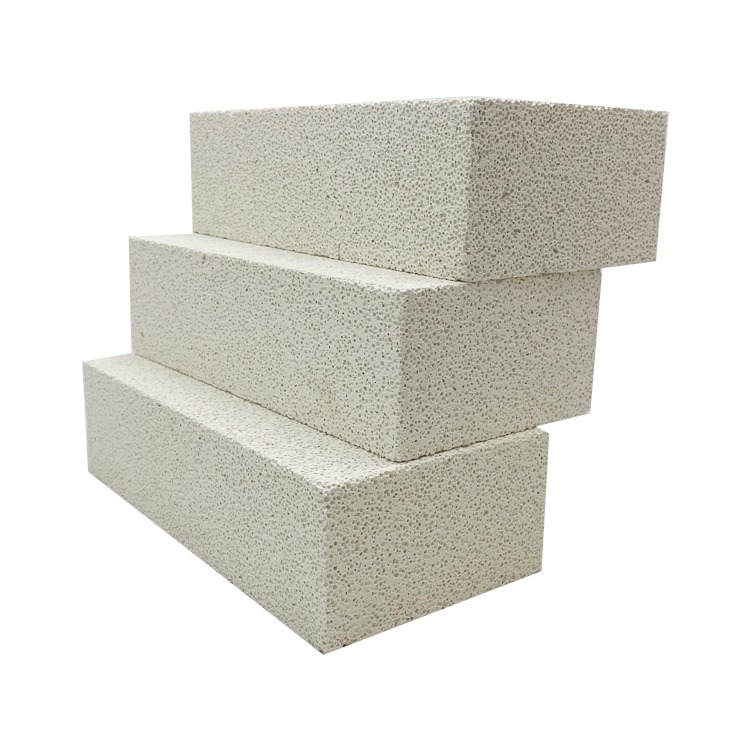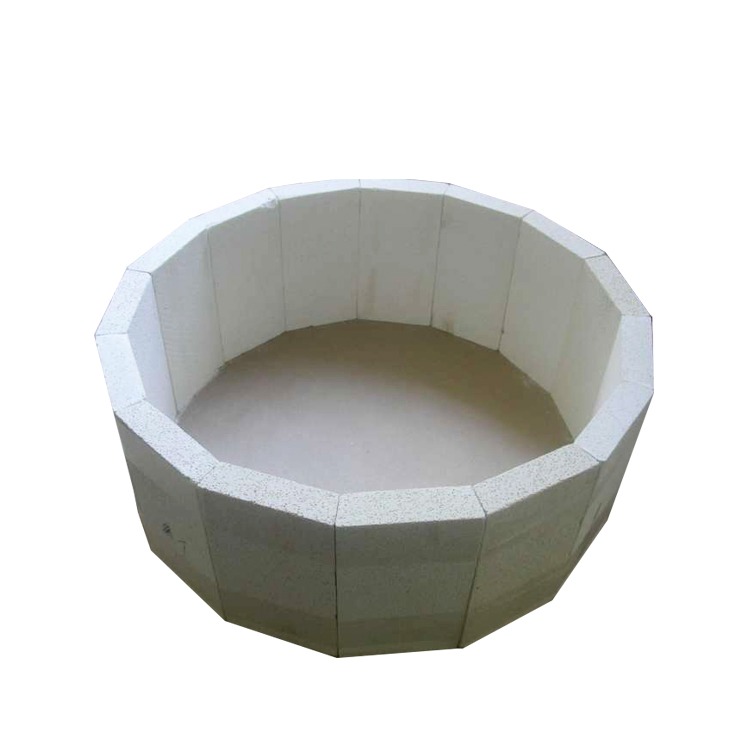A Brief Overview of the Applications of Mullite and Its Composite Refractories in Various Industries
Mullite (3Al₂O₃·2SiO₂) is the only stable binary compound in the Al₂O₃-SiO₂ system. It possesses excellent properties, including a high melting point (1870°C), strong thermal shock resistance, and stable chemical properties. It is a key raw material for the preparation of high-performance refractory materials. Mullite is primarily synthesized artificially through sintering and electrofusion methods. Depending on the Al₂O₃ content, it is classified into grades such as M75, M70, M60, and M45.
Mullite and its composite refractories are widely used in high-temperature industries such as metallurgy, ceramics, cement, glass, petrochemicals, and power generation, primarily for kiln linings, refractory components, and functional kiln furniture.
1. Applications in the Ceramic Industry
In ceramic firing, composite kiln furniture such as mullite-corundum, mullite-cordierite, and mullite-aluminum titanate are commonly used. Mullite-corundum kilns offer excellent high-temperature strength and thermal shock resistance, making them suitable for firing ferrites and electrical insulating ceramics. Mullite-cordierite kiln furniture, with its low thermal expansion and high thermal shock resistance, is suitable for firing traditional ceramics and lithium battery cathode materials. Mullite-aluminum titanate kiln furniture combines low thermal expansion with high temperature resistance, making it suitable for medium-temperature firing and replacing some expensive materials.
To meet the high corrosion and high-temperature cycling requirements of lithium battery materials, multiphase composite materials such as mullite-cordierite-spinel and aluminum titanate are increasingly being used in the development of high-performance saggers, improving corrosion resistance and thermal shock life.

2. Applications in the Metallurgical Industry
In steelmaking, mullite-cordierite refractory materials are widely used in blast furnace tuyeres, hot blast furnaces, ladles, and ignition furnaces due to their high strength, corrosion resistance, and low creep properties. Its bricks and castables are diverse, including cement-bonded, silica sol-bonded, and ρ-Al₂O₃-bonded materials, to suit different construction and usage requirements.
In addition, the addition of raw materials such as spinel and boron carbide can further enhance the high-temperature strength and slag resistance of mullite-corundum materials.
Mullite-cordierite composites are also used in hot blast furnace ceramic burners and coke oven doors, exhibiting excellent thermal and volumetric stability. Mullite-alumina systems, with their high strength and low water consumption, are used in ignition furnaces, rotary kilns, and other applications, offering long service life.
Silicon carbide-bonded mullite materials combine high strength and high thermal conductivity, making them suitable for linings in ladles, electric furnaces, torpedo tanks, and other applications. The addition of zircon can improve wear resistance. Mullite can also be used as a binder in cementless castable systems, combined with corundum-silicon carbide, to form a dense network structure and enhance overall performance.

3. Applications in Other Fields
In the glass industry, mullite bricks are used for melting furnace linings and molding equipment. In the cement industry, alkali-resistant bricks made primarily of low-aluminum mullite are widely used in the preheating zone, safety zone, and firing zone of cement rotary kilns. High-temperature equipment in the petrochemical and power industries also makes extensive use of mullite-based castables as lining materials, offering excellent thermal shock and corrosion resistance.
4. Development Trends
Future developments in mullite refractory materials will primarily include:
Expanding application areas: Expanding beyond traditional applications into high-performance industries;
Developing lightweight mullite materials: Using them to produce energy-saving refractory materials, achieving lightweight furnace linings and reducing heat loss;
Promoting the application of nano-mullite powder: Improving the microstructural uniformity and overall performance of the material.
Inquiry Now
Please leave your e-mail and we will contact you as soon as possible
contact us
Your satisfaction is our top priority. Whether you have questions, need support, or want to share feedback, our dedicated team is ready to assist you every step of the way.